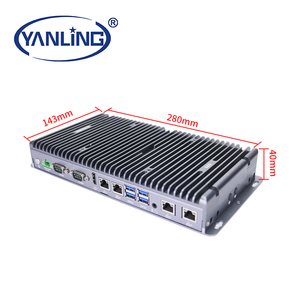Deep Learning Edge Computing: An Overview
Deep learning edge computing combines advanced machine learning techniques with the computational power located at the edges of a network. This fusion allows for faster data processing, reduced latency, and enhanced privacy, making it a vital technology for numerous industries. As businesses increasingly adopt IoT devices and smart applications, understanding deep learning edge computing becomes essential. This innovation optimizes resource utilization and provides actionable insights in real-time, paving the way for smarter, more intuitive solutions.
Types of Deep Learning Edge Computing Solutions
Deep learning edge computing encompasses several types of solutions that cater to various requirements and applications:
- Embedded Systems: These are dedicated devices that run deep learning models directly within hardware to process data locally.
- Mobile Edge Computing: This type focuses on moving computation closer to mobile devices, enhancing user experience with lower latency.
- Fog Computing: It extends cloud computing capabilities to the edge of the network, providing resourceful data processing closer to end-users.
- Distributed Learning: This method utilizes multiple edge devices to collaboratively learn from data while preserving privacy.
Applications of Deep Learning Edge Computing
The implementation of deep learning edge computing spans a wide range of applications, each designed to maximize efficiency and performance:
- Smart Manufacturing: Real-time monitoring and optimization of production lines using predictive maintenance to reduce downtime.
- Autonomous Vehicles: Enhanced decision-making capabilities by processing real-time sensor data at the edge.
- Healthcare: Wearable devices can analyze patient data on the go, providing instant insights and alerts.
- Smart Cities: Utilizing data from streetlights and surveillance to optimize traffic flow and enhance security.
Advantages of Implementing Deep Learning Edge Computing
There are many compelling advantages to integrating deep learning edge computing into your business processes:
- Lower Latency: By processing data at the edge, response times improve significantly, making real-time applications feasible.
- Enhanced Privacy and Security: Data remains local, reducing the risk of interception and meeting compliance requirements.
- Bandwidth Efficiency: By limiting the amount of data sent to central servers, network congestion and associated costs are minimized.
- Scalability: Edge computing allows for easy scaling by adding more devices as needed without needing extensive alterations to the existing infrastructure.












































